Pentax MZ-50 35 mm autofocus SLR
It’s a bit odd thinking of this camera as an addition to my Vintage Camera Collection, because in many ways this feels like writing a post about a modern DSLR. The Pentax MZ-50 has all the features of a modern SLR – autofocus, multiple exposure modes, scene modes, camera body control for aperture and shutter speed etc but instead of recording to a digital sensor it records to film.
The subject of this post is the Pentax MZ-50 – for which I’ve now added some sample pictures.
Pentax MZ-50 Images
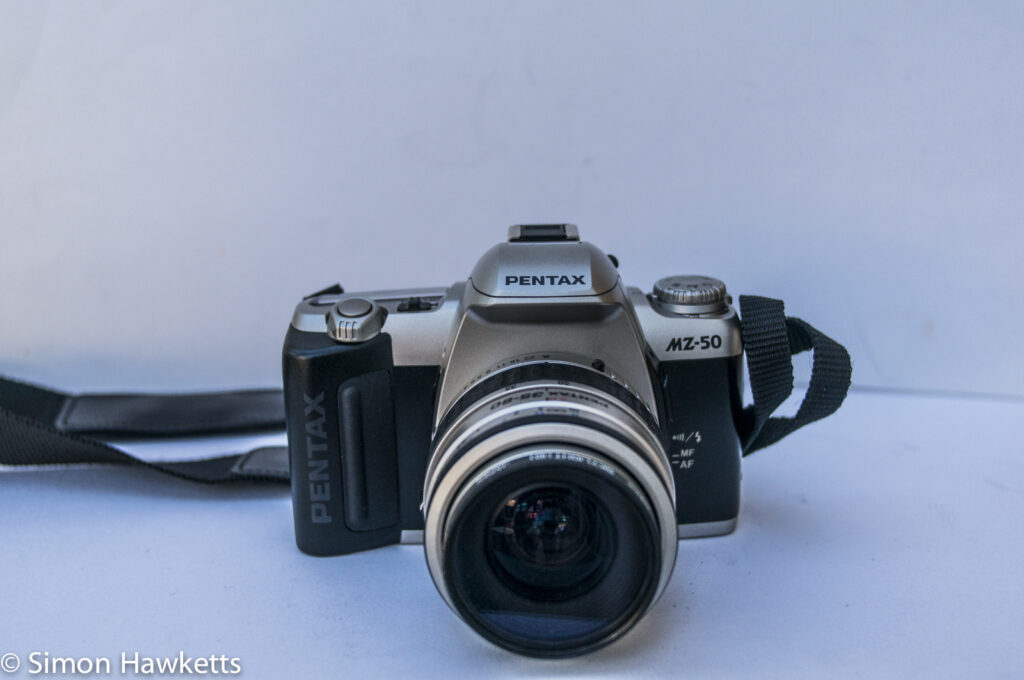
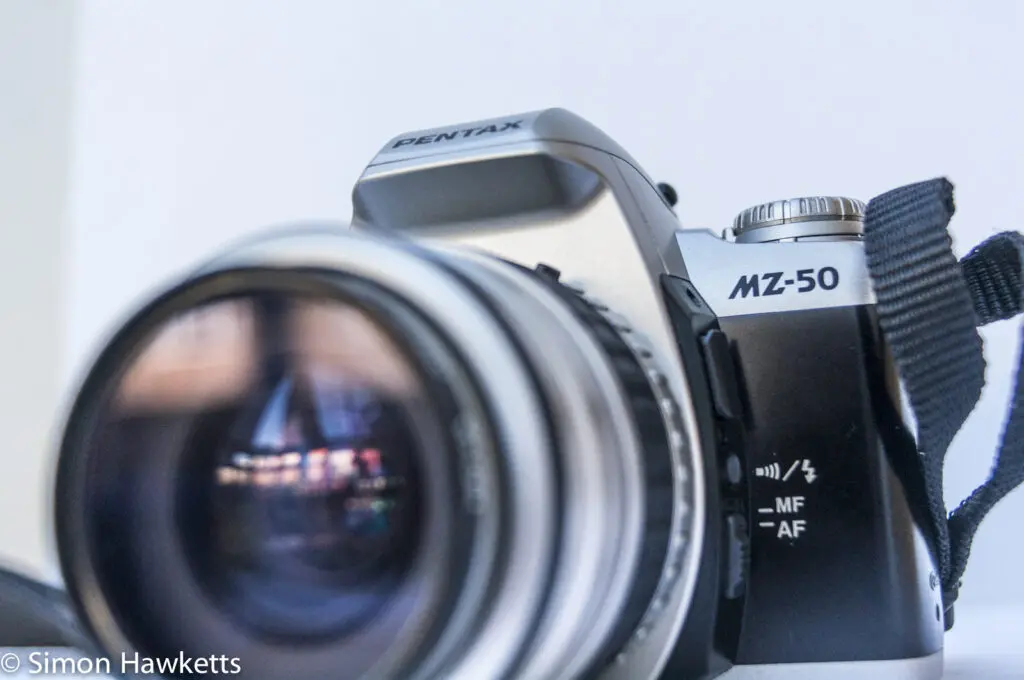
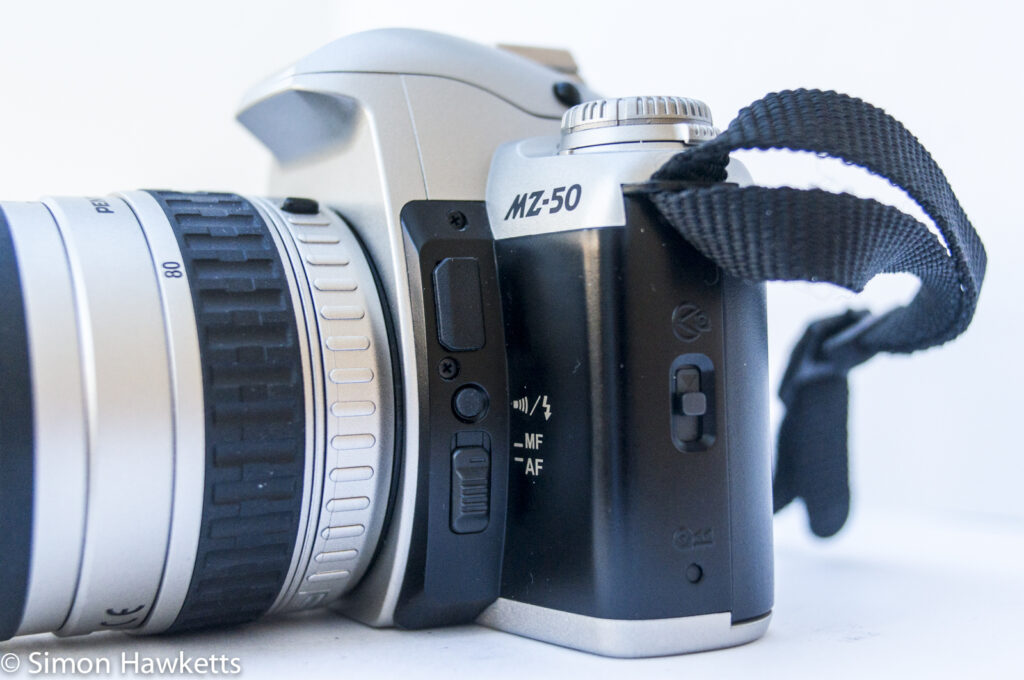
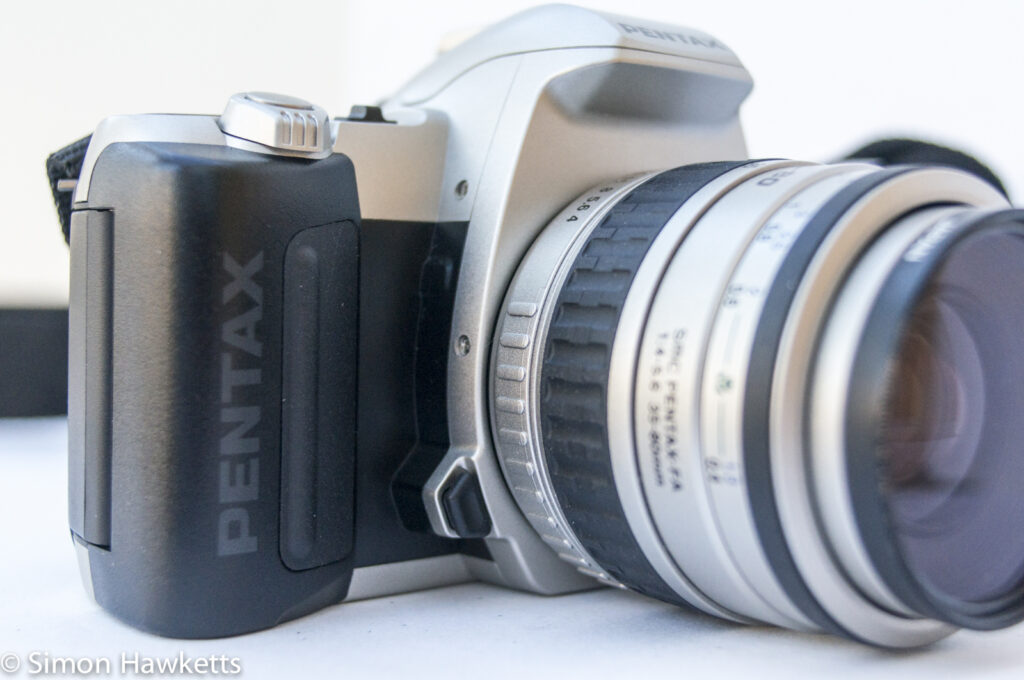
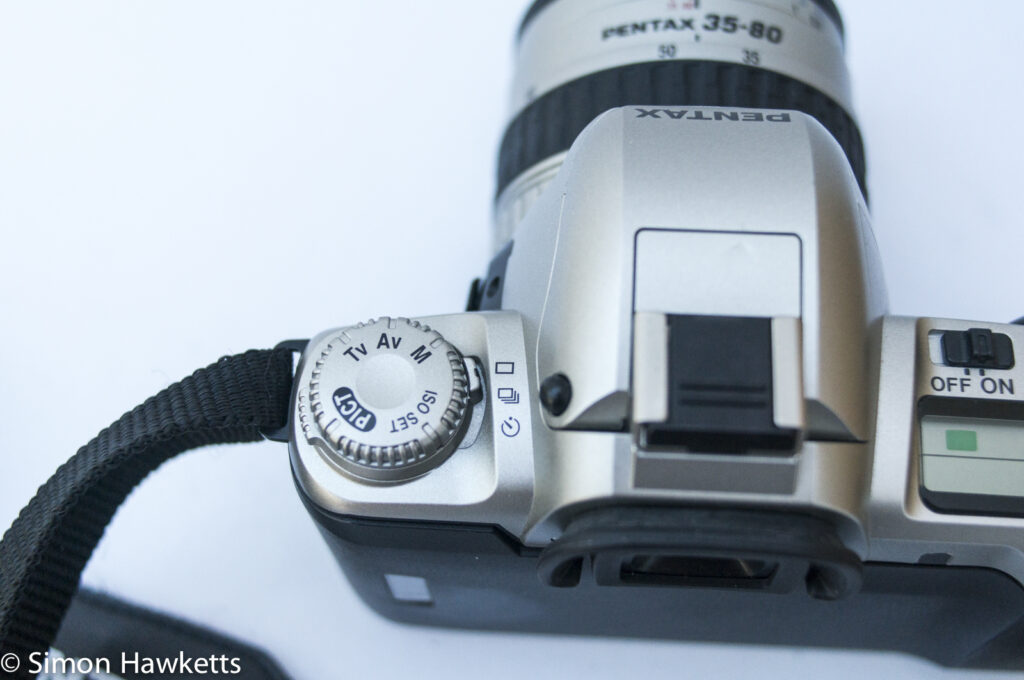
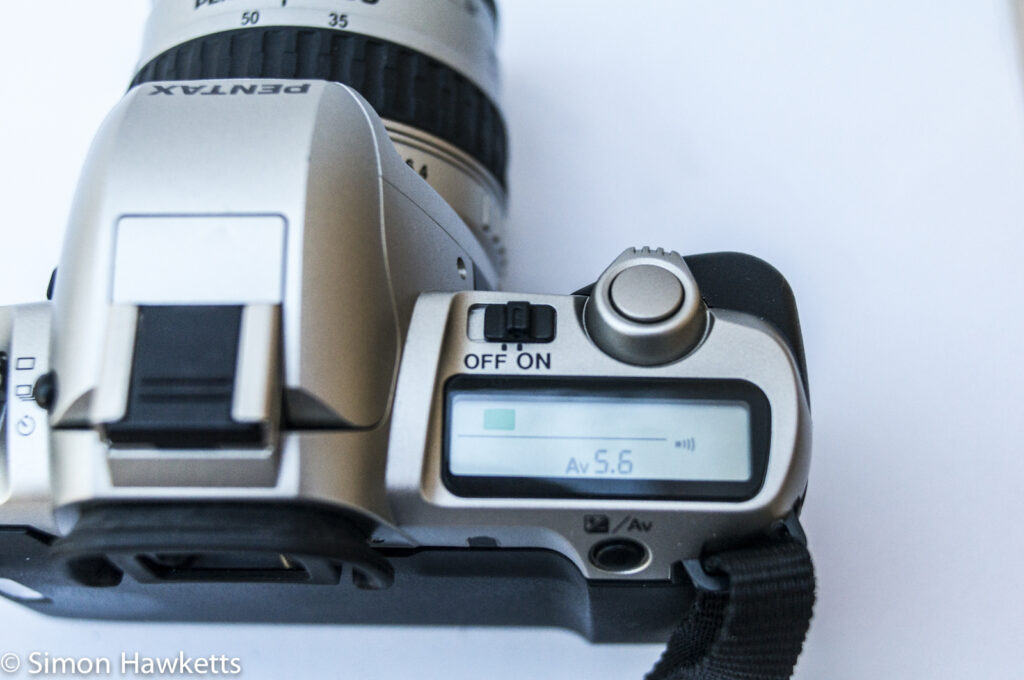
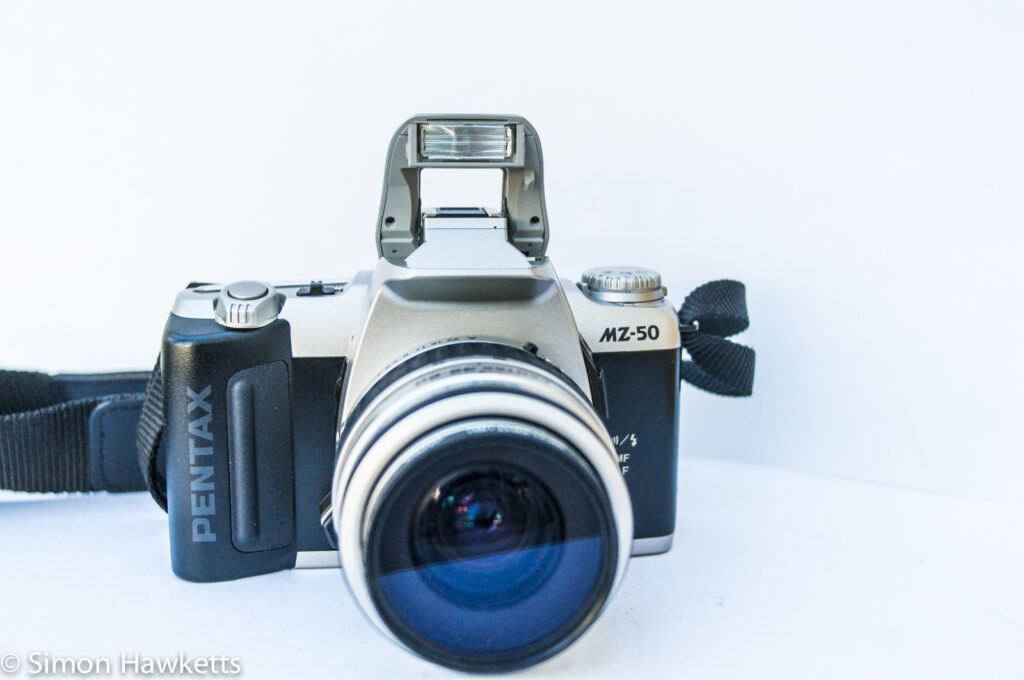
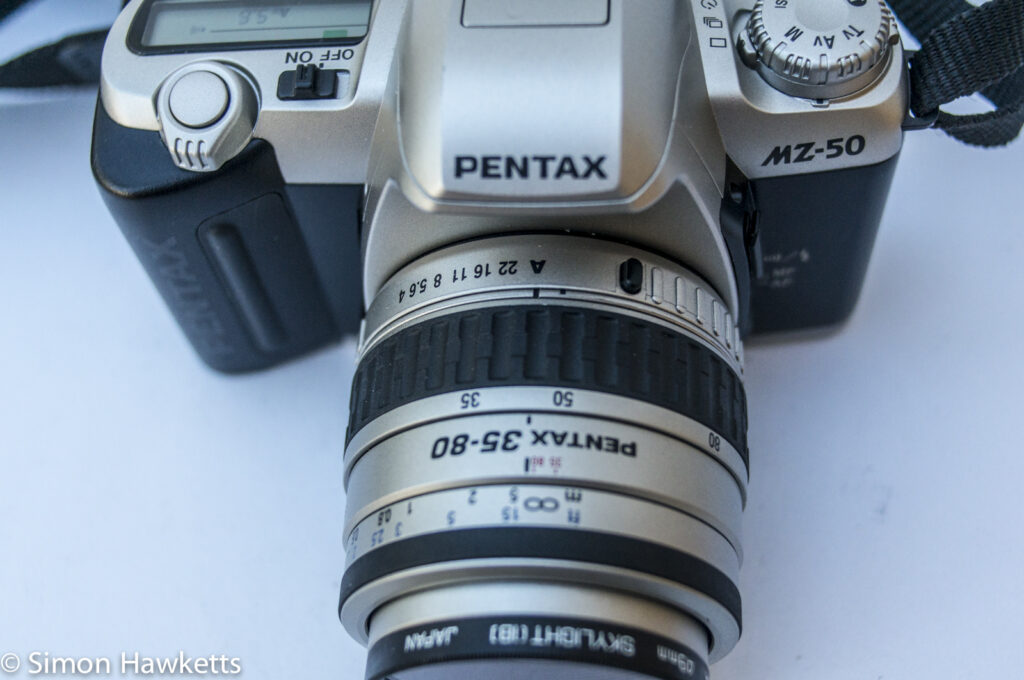

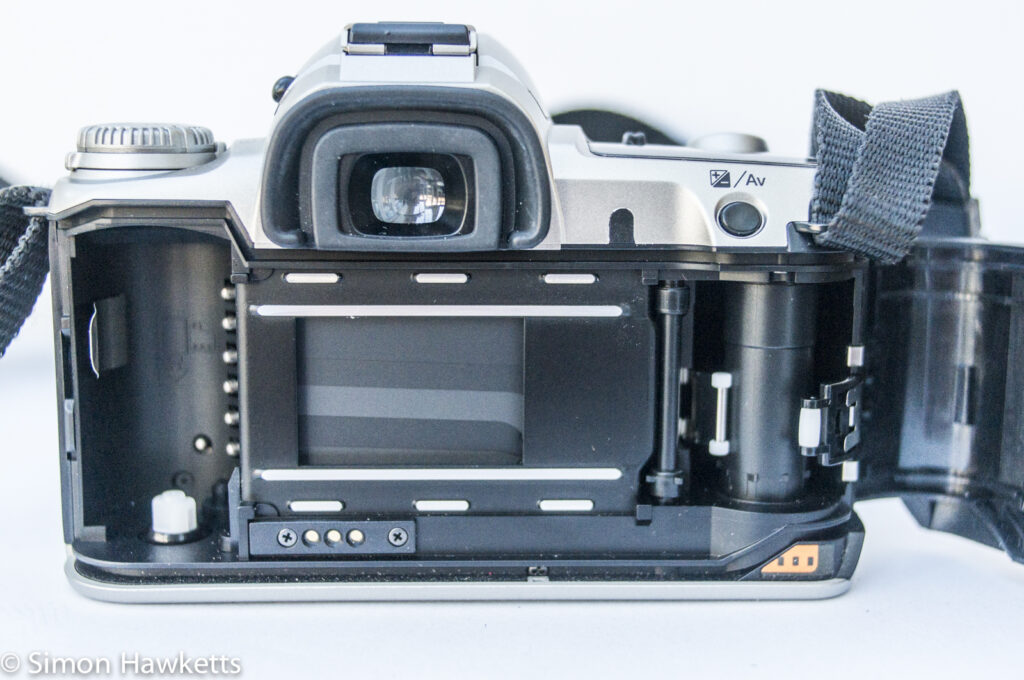

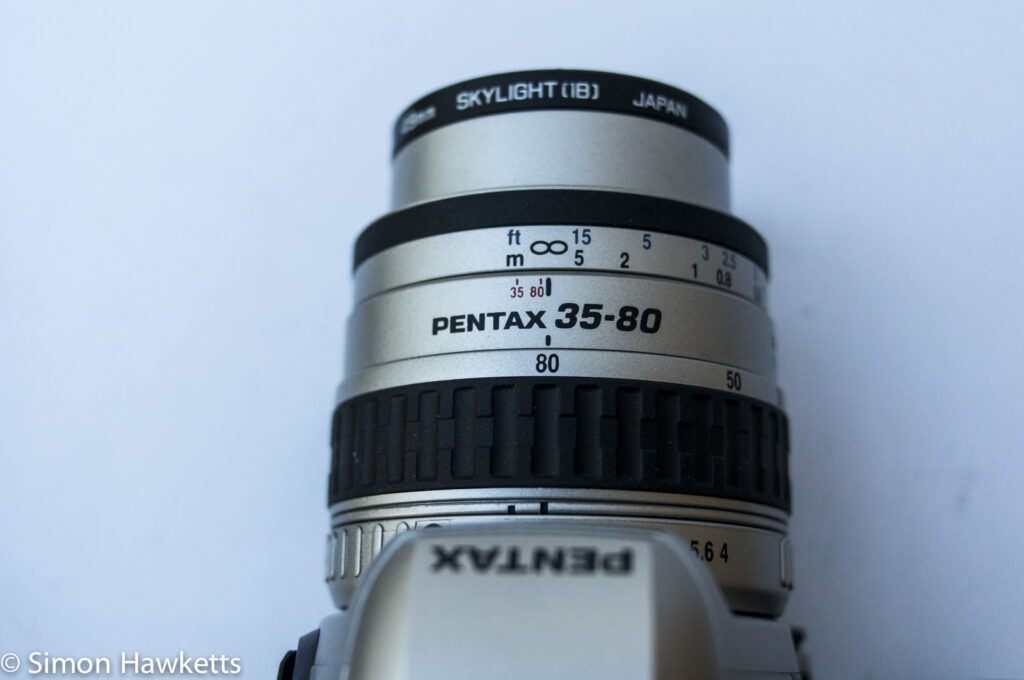
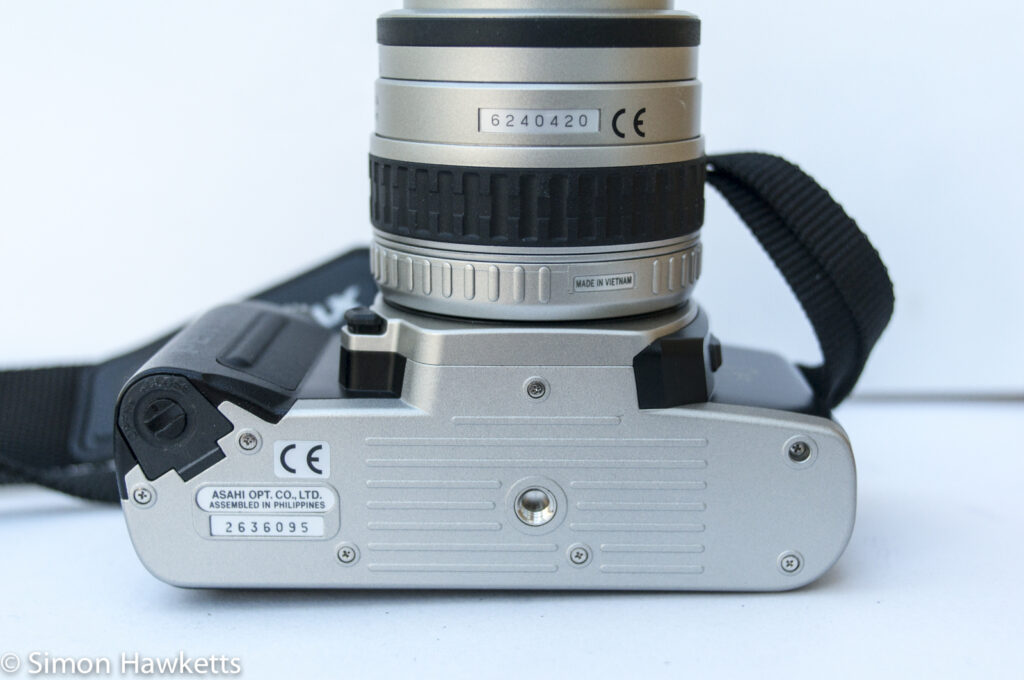
Pentax MZ-50 Description
This was an entry level camera produced towards the end of the era of mass film photography, introduced in 1997.
As I said above, it has most of the features of a modern digital SLR and was designed to make photography easy for ‘non photographers’ as well as allowing users who wanted to override the ‘easy’ modes and use their own creative control.
It’s a light weight and quite small camera made of mostly plastic. I paid about £15 for this camera, which is an almost giveaway price considering the feature set it has, but I guess it is too modern to be considered of much value yet. Most things have a value when they are new, loose that value over time, and then start to increase as they gain nostalgic appeal. This camera is not yet at that part of its value curve.
Condition wise, this is a very clean and tidy camera, with only a slight mark on the top of the flash unit to indicate it’s been used.
Exposure modes
The MZ-50 has Aperture priority, Shutter priority, Full Manual exposure control and also scene modes for sports, macro, landscape, portrait and ‘green mode’.
The main control for altering the appropriate camera setting depending on the mode selected is a rocker switch fitted round the shutter release button, which can be moved left or right. In Aperture priority it sets the aperture, and in Shutter priority it sets the shutter speed.
In both of these modes, the rocker will also adjust the exposure compensation by moving it as you press a small button on the back of the camera where the thumb lies. When in manual mode, the rocker adjusts the aperture by default and the shutter speed when the back panel button is pressed.
The viewfinder shows the full exposure information on the right-hand side, along with a small ‘flash’ indicator if a flash is required.
The picture modes are fully automated exposure mode where the camera decides the best exposure following a particular recipe determined by the picture mode selected, for example in portrait mode the aperture is kept open to throw the background out of focus and in landscape mode the aperture is reduced to keep everything in focus etc.
Focus
The camera is fitted with a 35-80 mm f/4-5.6 zoom lens, which has autofocus capability. It is focused in exactly the same way most of the lenses on my Pentax K5 focus, with a screw thread driven from a motor in the camera body. This has the advantage that I could use my modern lenses on the MZ-50, but I wonder if Pentax would have been better to do the same as Nikon and Canon and ditch the camera body motor so that ultrasonic focused lenses were more available for Pentax cameras.
Admittedly, I don’t use my K5 much these days, tending to use the NEX 6 and prime lenses, but I remember being really annoyed that I would find a lens was ultrasonically focused on the Canon and Nikon versions, but the Pentax version was driven by the slower, noisier camera body motor.
The focus performance seems quite reasonable. There seems to be only one sensor in the centre of the picture, but in many cases that is all you really need. If you want to focus off-centre, it as easy to focus and recompose. Obviously it wouldn’t track moving objects with one sensor, but at the time the camera was made such things were only dreams in designers heads.
It’s interesting that there is no split rangefinder style focus aid on this camera – I suppose once autofocus was available those things were not included because the majority of people wouldn’t use it.
There is an auto/manual switch on the side of the lens mount.
Drive modes
Because this is a battery powered auto drive camera, there is no wind on lever and the camera offers not only single shot mode but can also shoot at a fairly healthy 2 frames per second. Although that would be considered pedestrian in a modern camera, don’t forget it’s got to move the film through at that rate, not just move the mirror and shutter. The power for the camera comes from 2 CR2 3v cells fitted in the grip, which power the film transport, the flash, the focusing and the exposure metering.
Other Pentax MZ-50 features.
As I said at the start, there is a lot of the functionality of a modern camera available in this unit including TTL flash, electronic self-timer, DX coded film, 3 stops exposure compensation, top plate LCD readout & 1/2000 top shutter speed. Although it is by no means a classic camera, it still marks an interesting phase in the journey photography took between being a chemical process to today’s digital world.
Pentax MZ-50 Specifications
- Pentax MZ-50 35mm SLR
- 35 – 80mm f/4-5.6 autofocus zoom
- Aperture priority
- Shutter priority
- Manual mode
- Picture modes
- Green mode
- DX coded film from 25-5000 iso Non DX 6-6400 iso
- Up to 2 frames/sec
- Self Timer
- Pop up flash + x sync accessory shoe
- 30sec to 1/2000sec shutter speeds
- +/- 3 stops exposure compensation
- Phase detect autofocus with in camera focus motor
- Pentax K Mount
- Top panel LCD
- Mid roll rewind
- Centre (non illuminated) auto focus frame
- In Focus indication in the viewfinder
- All exposure information in the viewfinder
- Auto film load/rewind
- Manual available on-line here.
Discover more from Everything Vintage
Subscribe to get the latest posts sent to your email.

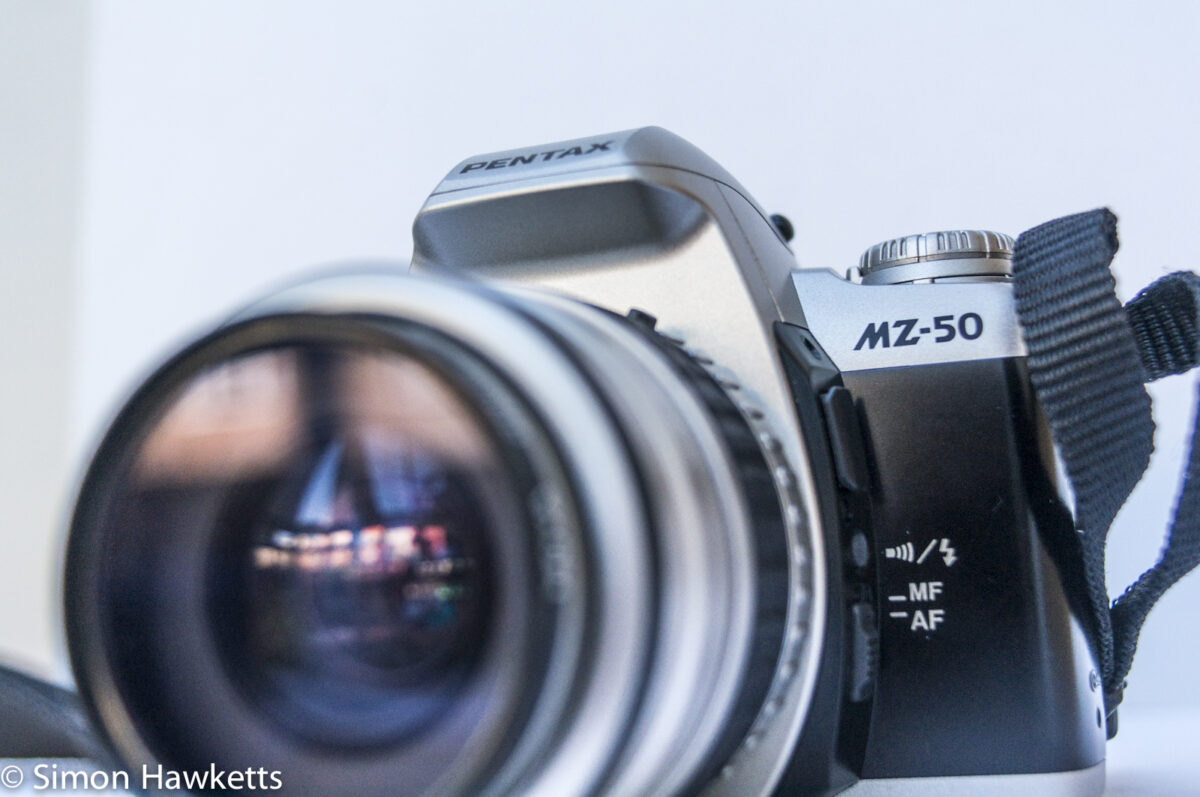

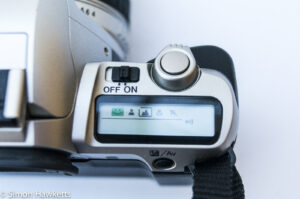
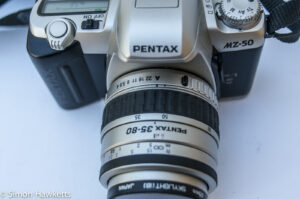


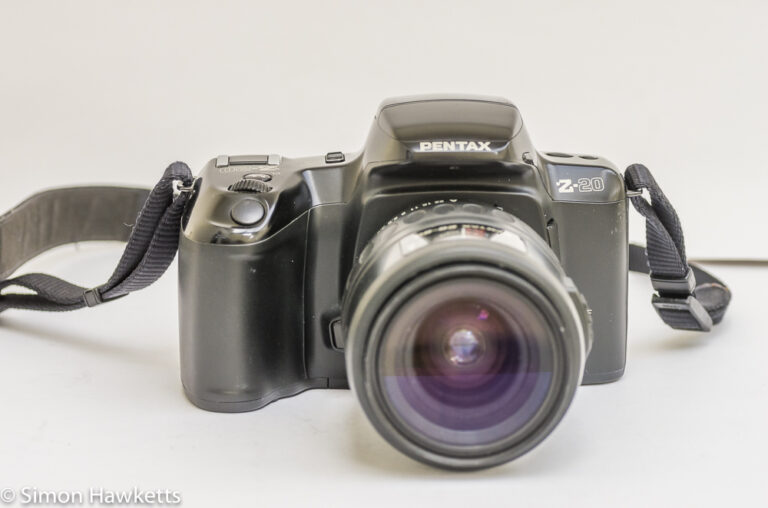
I have on and there is a technical fault on it. Would like to have it sorted out. I am from South Africa. Where could I have the camera checked out and service.